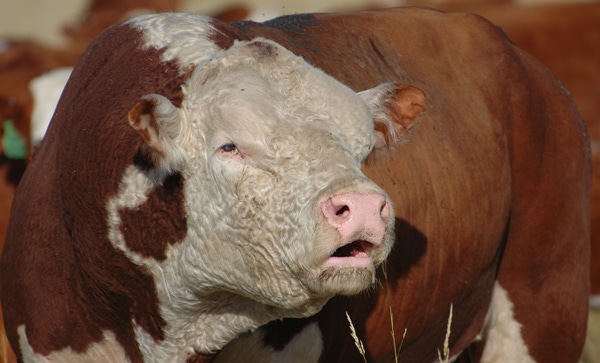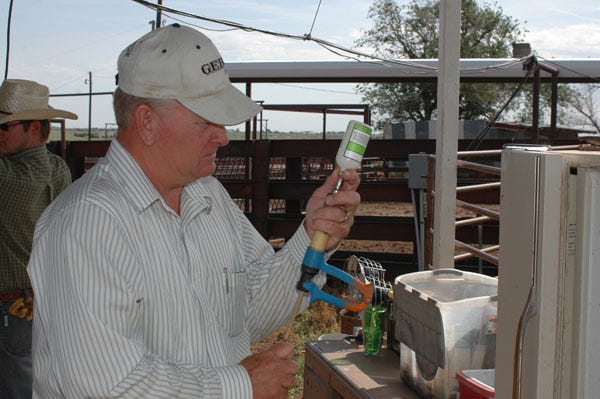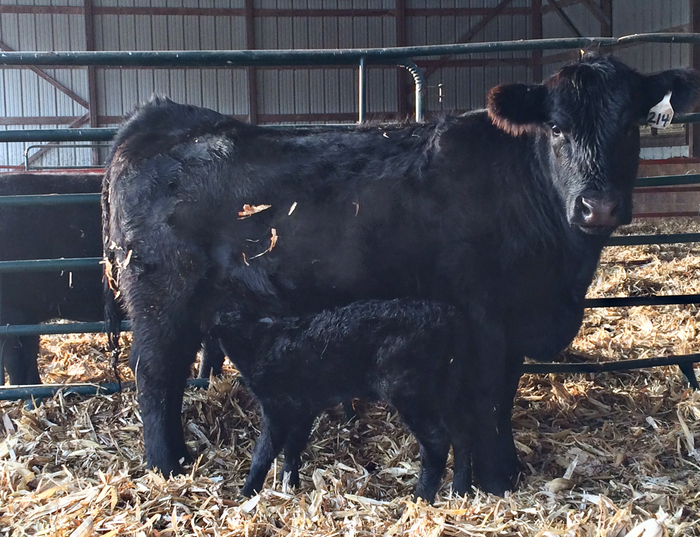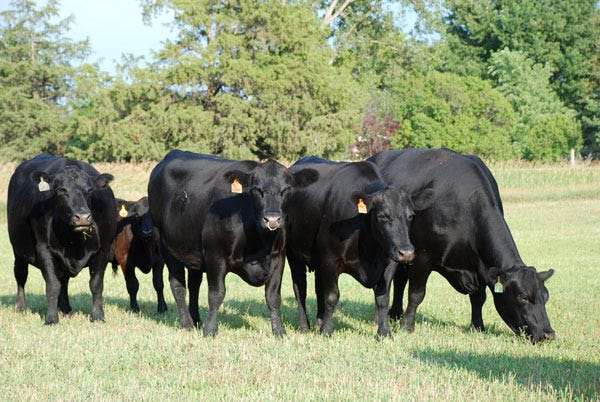5 Trending Headlines: Bull buying tips; PLUS: is Russia out to damage U.S. agriculture?
Here are 7 tips to make bull buying season easier. And who’s behind the anti-GMO nonsense. Russia, that’s who. That and more awaits you in this week’s Trending Headlines.

7 tips to make bull buying easier
Buying bulls is at the same time a vitally necessary part of your long-term sustainability and an effort fraught with anxiety. But it doesn’t need to be that way, according to Eldon Cole, livestock specialist with University of Missouri Extension. There are some basic things that can be done to reduce the anxiety involved in bull shopping and buying, reports the High Plains Journal.
First, know what your cows need to complement their genetic strengths or weaknesses. “Do you have records that indicate you need more milk, more growth, more muscling, more marbling, more docility? Then look for a bull that can help those areas,” Cole says.
Click here for more of Cole’s bull-buying tips.
Vaccinations key in earning more money for calves

Ranchers could earn an additional $2.25 per cwt just by giving their calves preconditioning shots. “It is becoming so important, it is the first question I am asked when I pick up the phone to sell cattle,” according to Brad Jones, branch manager of the Producers Livestock Marketing Association in Greeley, Colo. “They want to know what shots they have had, not where they are at or how many they have,” he says.
Jones says one of the common questions he gets from ranchers is how to find buyers that will come back year after year. The key may be in finding a representative that the rancher can develop a long-term business relationship with, reports Cattle Business Weekly.
“Choose a rep that you get along with, because that long-term relationship is really important. Find someone who will come to your place, invest in what you are doing, and get their head wrapped around you, your ranch and your program. It needs to be someone who can sell your ranch and what you are doing,” he says.
Click here for more trips on how to well calves that top the market.
Using weather forecasts for newborn calf health

Drastic temperature changes can be a concern when caring for newborn livestock. That’s why the Cold Advisory for Newborn Livestock (CANL) forecast at the Aberdeen (S.D.) National Weather Service website can be a useful tool when preparing for newborn calves, in particular in the first 24 hours.
It was created with input from Northern U.S. ranchers, experts in animal science, and those who study biological responses to extreme weather conditions. The CANL forecast takes into account five factors: wind chill; rain or wet snow; high humidity; combinations of wind chill and precipitation; and sunshine vs. cloudy days. As a result, it is a science-based method to combine several weather factors together to determine the hazardous weather risk to your newborn calves.
Click here for more information.
Anti-GMO articles tied to Russian sites, ISU research shows

Russia is funding articles shared online that question the safety of GMOs in an effort hurt U.S. agriculture interests and bolster its position as the "ecologically clean alternative" to genetically engineered food, said Shawn Dorius, an ISU assistant sociology professor.
The research says Russia seeks to expand its economy's agricultural sector, which is now its second-largest industry after oil and gas.
That's a primary interest, but there are multiple interests. One of which is to stir up division in the U.S., the research noted.
Stock right, graze right for pasture success

There are two things in grazing that you must avoid: the one is overstocking and the other one is overgrazing, Texas A&M researcher Richard Teague tells the Oklahoma Farm Report.
Overstocking is having too many animals for the amount of forage that is on the ground. There must be enough grasses to feed the animals but also to carry out the ecosystem functions that leaving enough grass behind accomplishes. And overgrazing is to graze for too long. The cattle keep biting the same plants and destroying them and not allowing them enough time to recover. So, it's a combination of these two things and we call this Adaptive Multipaddock Grazing.
About the Author(s)
You May Also Like



